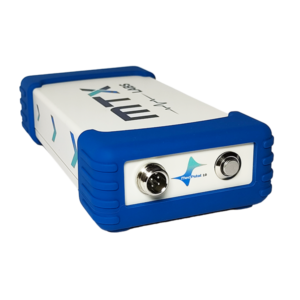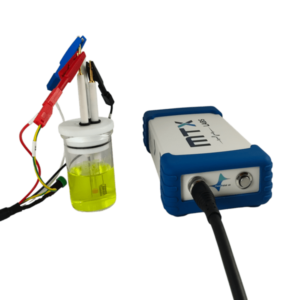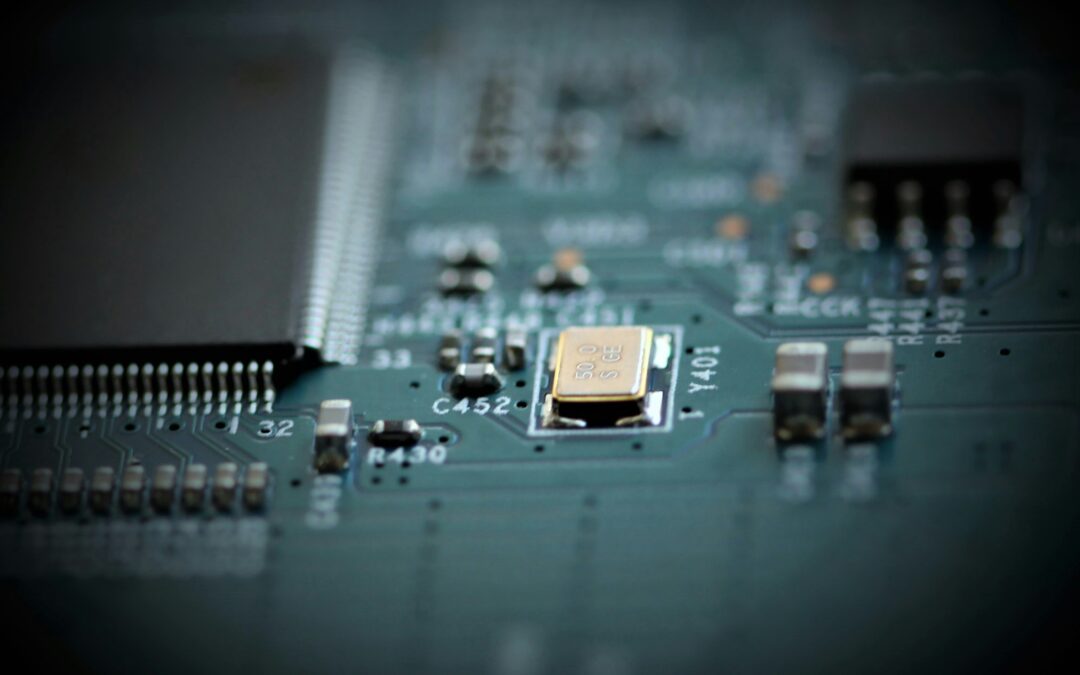Choosing the right potentiostat is for achieving accurate and reliable results in electrochemical experiments. With a wide variety of options available, selecting the best instrument can be a complex decision.
Understanding your experimental needs, along with the technical specifications of different potentiostats, will ensure you make an informed choice that enhances the quality of your work and optimizes your research outcomes.
This guide highlights the important factors that an electrochemist would usually look into—such as range, resolution, compatibility, and application-specific needs—that will help narrow down choosing the right potentiostat for the specific requirements. Here are some questions to ask yourself as an electrochemist before buying a potentiostat.
What is the required number of channels?
How many measurements must be taken simultaneously? Is it possible to measure these experiments simultaneously or one at a time? The majority of potentiostats only have one channel; if you require more, you can purchase a multichannel device or a multiplexer. For instance, you will require ten independent potentiostat channels if you need to monitor ten distinct cells at precisely the same moment. Check out our range of potentiostats for more information.
What is the purpose of the potentiostat?
How many measurements must be taken simultaneously? Is it possible to measure these experiments simultaneously or one at a time? The majority of potentiostats only have one channel; if you require more, you can purchase a multichannel device or a multiplexer. For instance, you will require ten independent potentiostat channels if you need to monitor ten distinct cells at precisely the same moment. Check out our range of potentiostats for more information.
What are the key technical requirements?
Which electrochemical methods do you intend to use? Is Electrochemical Impedance Spectroscopy (EIS) necessary? What will you be measuring, and with which setup? For instance, when using a solution on a screen-printed electrode, expect low currents in the microampere range and a voltage up to 1.5 V, where water splitting can occur. With traditional electrodes and a glass cell, you’ll be working in the range of several volts and milliamps. Measuring batteries will require even higher values.
What is the highest voltage you need to apply?
What about the maximum cell potential? If you’re unsure, selecting a wide voltage range, such as -10V to +10V is a good idea. What are the minimum and maximum currents you need to measure? For most applications, a maximum current of 10 mA should be enough, unless you’re measuring batteries. How precise do the measurements need to be? Is a 0.5% accuracy acceptable, or do you need a 0.1% accuracy? This depends on where the measurements are taken—laboratory settings often require more precision compared to field measurements, where more noise may be present.
Do you need the potentiostat to be portable?
Would you prefer to take measurements wirelessly, such as in a glove box, with galvanic isolation, or in an outdoor environment? If so, you’ll need wireless communication capabilities and a battery.
Are there any size or weight constraints? Does the potentiostat need to fit into a specific space, or should it be portable enough to be worn or easily carried around?
What is your budget?
Your choices are often influenced or may be limited by what’s affordable. Prioritize your requirements from most to least important, and then look for a potentiostat that best matches your top needs within your budget.
Did you know?
The First “Battery” Wasn’t a Battery at all!
The Voltaic Pile—created by Alessandro Volta in 1800—is often considered the first battery, but it was more of a chemical energy source than a battery in the modern sense. It was simply a stack of copper and zinc discs separated by cardboard soaked in salt water, and it generated a steady current. This was a pivotal step, but it wasn’t the kind of battery we think of today.
Explore Our Top Electrochemical Analyzers
-
Sale!

Handheld Potentiostat/Galvanostat, Electrochemical Analyzer (MedPstat 2.0 Advance)
Original price was: $3,100.00.$2,990.00Current price is: $2,990.00. -

Handheld Potentiostat, Electrochemical Analyzer (MedPstat 1.0 Basic – 30mA)
$799.00 -

Handheld Potentiostat, Electrochemical Analyzer (MedPstat 1.0 – EC Kit)
$1,499.00

